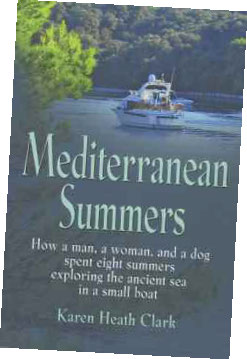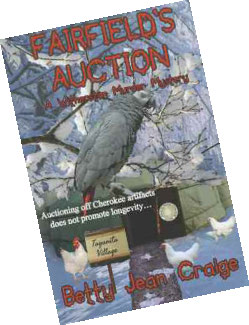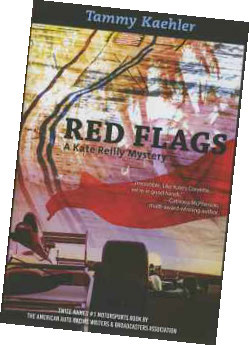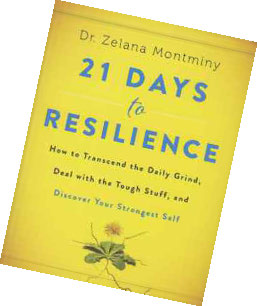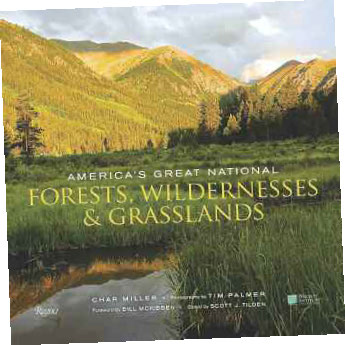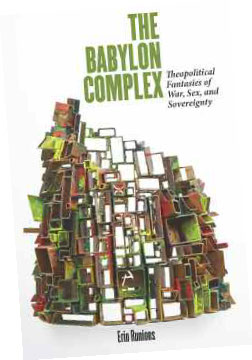First Words
On Dostoevky’s Introductions
Lewis Bagby ’66, emeritus professor of Russian at the University of Wyoming, examines Fyodor Dostoevsky’s use of forewords to introduce some of his greatest and most challenging works of fiction, from Notes from the Underground to The Brothers Karamozov. Excerpt: “Dostoevsky did not wish to be overtly directive in his fiction. Nor did he wish to poke his nose out of his hole into the great world: in the manner of Gogol’s Rudy Panko. Like his beloved Pushkin, he chose to remain in the background and to allow other voices to speak, not for him, but for themselves.”
Mediterranean Summers
Karen Heath Clark ’66 invites you to join her, her husband and their dog, Roka, on an eight-year Mediterranean adventure aboard their 39-foot trawler. Excerpt: “Roka went with us everywhere. She learned to sit between us on a motorscooter seat. She sat quietly under the table during dinner. She is an expert at taking escalators and elevators and riding buses. She learned to ride in a basket on Bruce’s bike attached behind his seat and trotted on her leash alongside my bike, even in heavy traffic. She seemed to relish her time with us on the boat and the many adventures she experienced.“
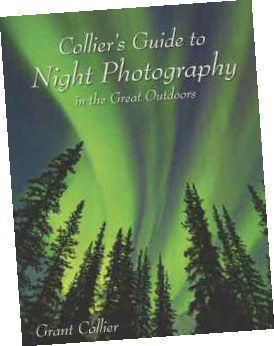
Collier’s Guide to Night Photography in the Great Outdoors
Nature photographer Grant Collier ’96 shares his detailed expertise in capturing the beauty of nighttime scenes and the wonders of the heavens with a camera. Excerpt: “I’ve seen many night shots where there is just a flat, dark horizon with the night sky above it. While the sky may be dramatic, the shots are little different from countless other images of the night sky. What really sets a good night photo apart from the others is the foreground. Not only does it make the image more unique, but it can also add depth to an image and draw the viewer into the scene.”
A Witherston Murder Mystery
An auction of rare Cherokee artifacts, Appalachian antiques and a young African grey parrot leads to murder in the second Witherston murder mystery by Betty Jean Craige ’68. Excerpt: “Why should this story matter to us Witherstonians? Because those of us living in the twenty-first century have inherited more than money and furniture from our ancestors. And we’ve inherited more than their genes. We have inherited perspectives and prejudices—through the stories we’ve heard at family dinners, the novels we’ve read, the songs we’ve sung.”
Red Flags
A Kate Reilly Mystery
In her fourth mystery about racecar driver Kate Reilly, Tammy Kaehler ’92 offers up another high-octane thriller, this time from the world of Grand Prix racing. Excerpt: “As a driver, I actively listened to the health of my racecar with my entire body. I was attuned to the feel of balanced suspension and a happy engine—in a Corvette C7.R set up for right and left turns. This IndyCar chassis might have a Chevrolet engine, but that was the only similarity. The car felt bent—less so on the banking than on the flat. But still broken.”
21 Days to Resilience
How to Transcend the Daily Grind, Deal with the Tough Stuff, and Discover Your Strongest Self
In this practical self-help guide,
psychologist and health and wellness expert Dr. Zelana Montminy ’04 offers a research-based toolkit to help people develop their capacity to handle whatever life may throw at them. Excerpt: “Hope is our fuel. It’s our choice. Resilient people choose to overcome feelings of hopelessness. They don’t rely on changing experiences or emotions to define their reality. They choose to look forward, to hope.”
America’s Great National Forests, Wildernesses & Grasslands
Professor of Environmental Analysis Char Miller and photographer Tim Palmer create an arresting tome about America’s diverse public lands. Excerpt: “The Sandhills of Nebraska, a vast stretch of rolling prairie in the center of the state, seem an unlikely place for a national forest, let alone one administered in conjunction with the iconic high-elevation forests of the Rocky Mountains. Yet the Nebraska National Forest’s very existence is a perfect reflection of the ambition of late 19th-century and early 20th-century foresters to manage landscapes, treeless or wooded, and make them productive.”
The Babylon Complex
Theopolitical Fantasies of War, Sex, and Sovereignty
Associate Professor of Religious Studies Erin Runions examines the tangled intersection of religion and politics in the U.S., focusing on the ambivalent image of Babel or Babylon. Excerpt: “For those bothered by the increasing diversity that appears within the nation as a result of globalization, Babel is a negative term. For instance, the conservative Pat Buchanan consistently applies the image to complain about difference: that the United States is converting from a Christian nation into the Tower of Babel (1997) or that love of diversity is producing the Tower of Babel and destroying the idea of America (2009).”


